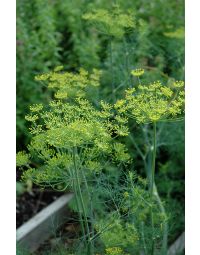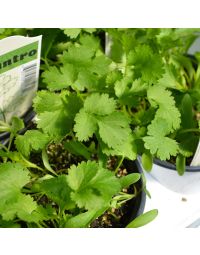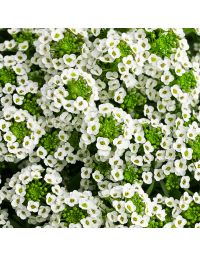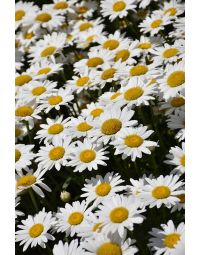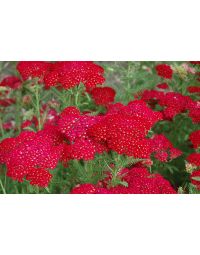The Winsome fly and why we love this bug
A tiny fly could be our hero in the battle against Japanese beetles! Oh, but how? Let me tell you! Once again, one accidental introduction of an insect into a foreign country and you’ll find the answer to biological control from the same country. Japanese beetles are not much of a problem in Japan, they have the winsome fly and other insects to control their populations.
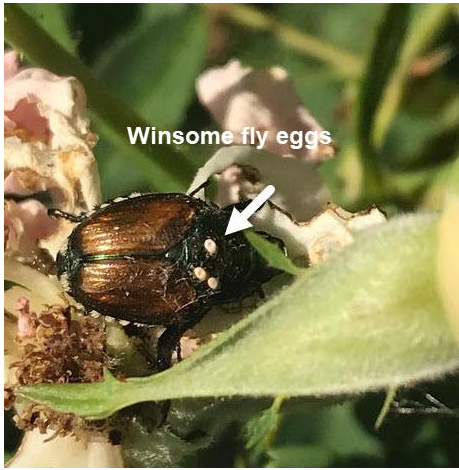
Photo by permission of Mary Schier, Editor of Northern Gardener magazine, taken in St. Paul, MN July 2021
Japanese beetles were first found in the United States in 1916, after being accidentally introduced into New Jersey. Until that time, this insect was known to occur only in Japan where it is not a major pest. By 1922, the US chose to introduce the Winsome fly, technically a tachinid fly named Istocheta aldrichi.
The Winsome fly is a parasitoid, laying its eggs on the Japanese beetles. They hatch using the beetle as their host, killing it in the process!
The following information about the Winsome fly was found through the State of Maine: It’s a small grayish fly about 5 mm long, looking much like any other small true fly. It emerges just a short time before the Japanese beetles do and builds up its energy by feeding on flower nectar. When the Japanese beetles appear, the female fly starts laying white eggs on her host’s thorax, just behind its head. They are easily visible, at least if you have your glasses on. The fly will lay a hundred eggs over the second two weeks of its 4-week emergent cycle. It tends to mostly parasitize female beetles, because they spend much of their time pinned under male beetles trying to mate with them and thus can’t readily escape the fly. Japanese beetles not mating react rapidly when winsome flies are around, quickly dropping to the ground.
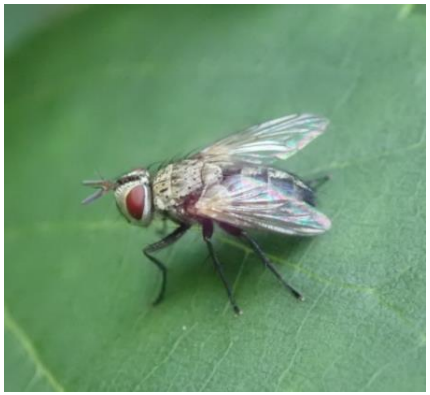
Winsome Fly, photo by Nicholas Soucy, iNatrualist.ca
It takes time for these “control insects” to take hold and be able to survive our climates, our ecosystems. Just as Japanese beetles have spread their destruction further, the Winsome fly is finding their way too. Give it time and if you see white dots on those Japanese beetles, leave them be…
This year, 2021, there seem to have been fewer JB’s. Is it the heat? Maybe. We don’t really know for sure yet. Information on chemical control of the Japanese beetle and grubs can be found on our LEARN article. We have other methods as well, check those out here. If you are using chemicals, remember that those same insecticides will kill the Winsome fly too.
By definition, the word “winsome” means attractive or appealing in appearance or character. I would
say character won out on this little one!
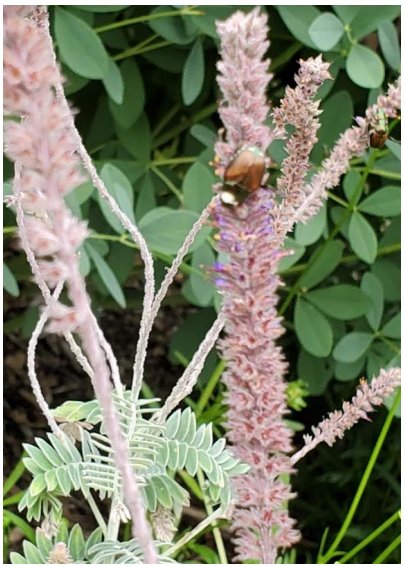
The Garden Scoop found this JB with Winsome fly eggs! Yay!
And some plants the Winsome fly likes include coriander, dill, lovage, sweet alyssum, daisies and yarrows. If you see that white stuff on a JB, do NOT kill it!!!!
When the beetles are buggin’ ya, consider the fly,


